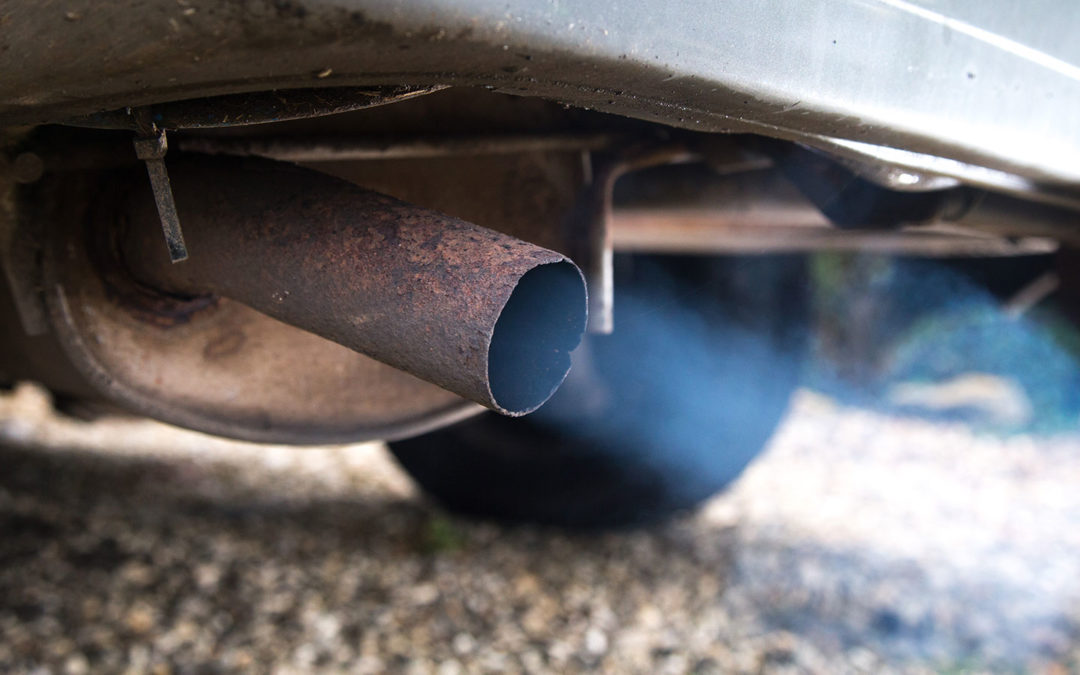SOURCE: Grist
DATE: February 3, 2020
SNIP: If you’re getting more bang for your buck at the gas pump today than you were a decade ago, you can thank the Obama administration. Obama’s 2012 updates to the Corporate Average Fuel Economy standards, or CAFE standards, made new cars more fuel-efficient and reduced their carbon dioxide emissions. But a study published this week casts a dark shadow over that success story. Researchers found that the path we’ve chosen to better fuel economy could end up costing the U.S. hundreds of lives each year.
“I think this was a classic case of unintended consequences,” said Rawad Saleh, an assistant professor at the Air Quality and Climate Research Laboratory at the University of Georgia and a co-author of the study.
Here’s what happened. To get in line with the CAFE standards, automakers leapt at a technology called the gasoline direct injection, or GDI, engine. In 2008, GDI engines were in a mere 2.3 percent of new vehicles sold in the U.S., but by 2018, that number jumped to 51 percent. The EPA expected it to rise to 93 percent by 2025 under the rules set out under Obama, which the Trump administration is trying to roll back.
Before GDIs came along, most cars had port fuel injection engines, or PFIs. With a PFI engine, gasoline mixes with oxygen from the air, forming a vapor, before reaching the engine. In a GDI engine, the liquid fuel is injected directly. GDI engines produce more power for every drop of fuel, but the fuel burns less uniformly. The result is a car that emits less CO2 per mile driven, but the incomplete combustion creates more particulate pollution, like black carbon.
Black carbon is one of many pollutants known as “particulate matter 2.5” or PM2.5 — tiny, inhalable, solid particles that are 2.5 micrometers and smaller and are linked to respiratory diseases, asthma, and premature death for people with heart or lung disease. Exposure to black carbon has also been associated with cancer and birth defects. Unlike CO2, a gas that hangs around in the atmosphere for hundreds of years, black carbon particles float around for a few days to a few weeks before falling back to earth. The dark surface of the particles directly absorbs radiation from the sun, adding heat to the atmosphere and contributing to climate change.

